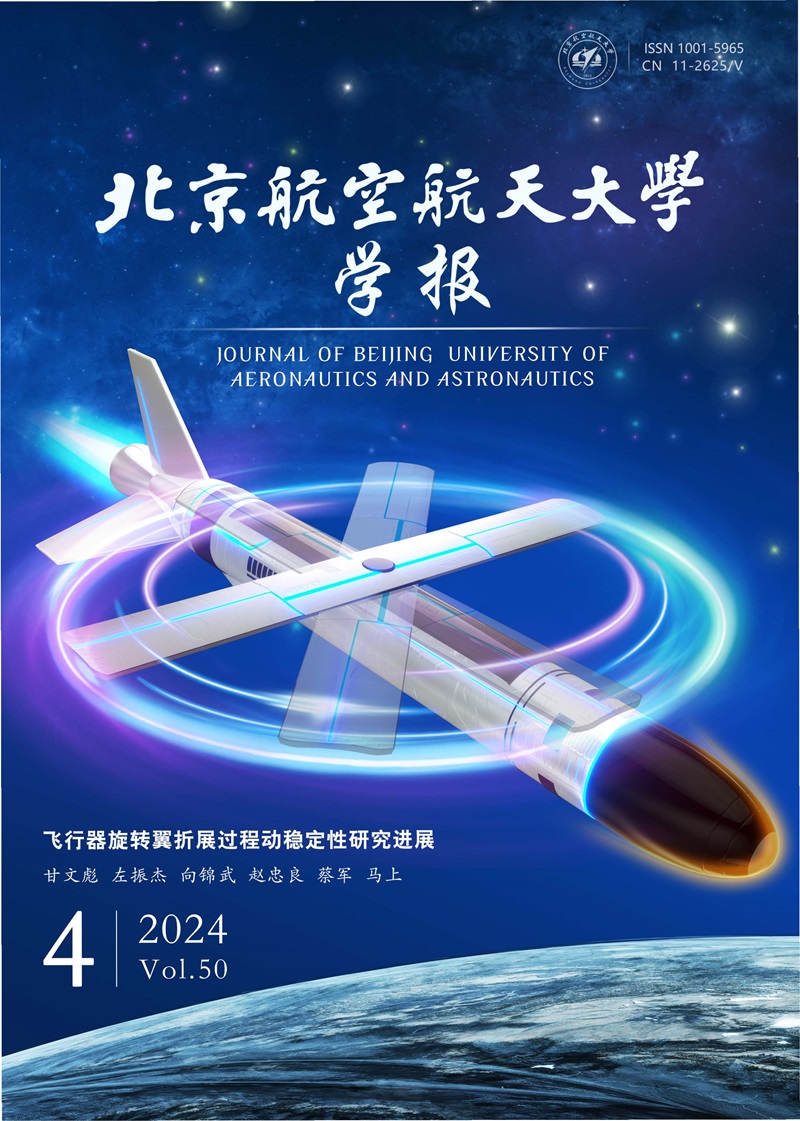2010, 36(6): 713-718.
Abstract:
The maintainability allocation work has unreasonable aspect in the engineering application at the present time. According to the traditional method, the allocated time can not be controlled by the design department, and it is hard to achieve the real purpose of maintainability allocation. For this question, the maintainability allocation improved method of the aviation equipment based on the time character was present. The idea is to divide into two parts for the equipment structure, one is common maintenance time, and the other is particular maintenance time. The common maintenance time is controlled by the system overall arrangement department or the higher hierarchy, and the particular time is controlled by the unit or the lower unit design. The maintainability allocation model based on the analysis of the time class to allocate the common time and the particular time severally also was presented. Finally, a case of certain kind of system on aircraft is applied, using the method base on the time character. The improved method allows the allocation time to each product unit can be truly under the control of the various design departments, and thus can really impact and guide product design, to achieve the real purpose of maintainability allocation.







 XML Online Production Platform
XML Online Production Platform

